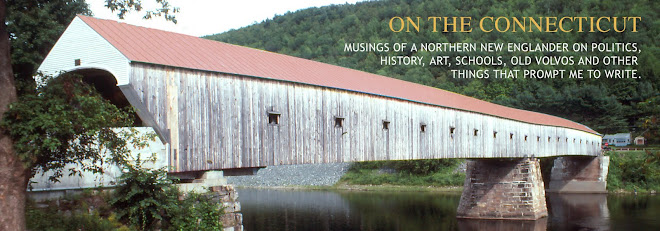During the summer between my junior and senior years in college, I had a job working for a Hollis native. Peter Bell had a six-yard dump truck and a 20-foot box truck that he contracted out to local businesses. Both were fairly new, and Peter kept them in good working order. I was proud to drive trucks that were better than many other truckers with whom I worked.
Peter had a twinkle in his eye and a contagious smile. He was an unmerciful tease but a good boss. Since he was often gone when I arrived at his house in the morning, Peter gave me instructions for the following day in a phone call each evening.
I might have to go to a job site in the dump truck or to one of the apple storage facilities in the area with the box truck. I liked the variety and the fact that Peter trusted me to work without supervision.
Driving the dump truck usually meant hauling gravel, sand or some other aggregate from a local quarry to a work site over and over again. There were often several other truckers working the same job. As a large loader or power shovel loaded one truck, the rest would wait in line for their turn.
At one pit, the shovel operator expected each driver to watch his rear view mirror for a hand signal that the truck was full. You had to watch closely because the signal was a just quick lift of his hand from the control levers. If you missed it, you’d be reminded by a bump from the huge shovel bucket against the back of your truck. It only happened once, after which I remembered to be alert.
Then, I’d pull up to the scales if the material was sold by weight or drive directly to the work site if it was sold by the yard. After dumping the load at the work site, I’d retrace my route back to the pit. This would be repeated for the duration of the job.
Driving the box truck was much more interesting and varied. Peter had contracts with several apple packing and storage facilities in nearby Ayer, Massachusetts. Back then, apples were shipped and stored in one-bushel crates rather than today’s large bulk bins. The season started with delivering empty apple crates from the packing plants to various orchards in central Massachusetts and southern New Hampshire.
At the packing plant, I loaded up the truck with about 600 crates and got instructions on where to deliver them. I could manage four or five trips a day depending on the distance to the orchard. Deliveries often took me on scenic back roads to beautiful hilltop orchards. I enjoyed the work.
Once the apples began to ripen, I drove to the orchards to pick up the fruit. Loading the truck with bushel crates of apples was hard work. The apples were rolled into the back of the truck on roller runs where I had to quickly stack the heavy crates to keep up. I had to lift, turn and stack crate after crate until the truck was loaded with 350 to 400 bushels of apples. Then I drove the truck back to the packing plant where I unloaded.
As the season heightened, the truck traffic at the packing plants increased. I often had to wait for two or three trucks to unload before a space at the loading dock opened up. Most of the drivers helped each other unload to keep things moving.
I remember one driver in particular—a large one-armed man who drove an ancient Brockway flatbed truck. I don’t know how he lost his right arm, but he could unload and stack full apple crates almost as fast with one arm as I could with two. He could also drive, shift and double-clutch that old truck with his left arm as well. I don’t remember his name, but he was friendly to this skinny college kid.
One afternoon in September, I drove up to an orchard in Ashby, Massachusetts to pick up a load of Macintosh apples slated for gas storage. The farmer was particularly proud of his fruit and cautioned me to handle them with care. I drove his precious cargo back to Ayer and got in the queue to unload. Several trucks pulled in behind me until there was a long line.
At this storage facility, I had to stack the crates on pallets—36 bushels per pallet. A forklift took the pallets out of the back of the truck and carried them into the storage cellar.
I finished loading the last pallet and walked to the cab of my truck to be ready to pull away from the dock. When I felt the weight lift off the truck, I put the truck in gear and pulled away. At that moment, the forklift operator decided to set the pallet back down to straighten it on the forks. The pallet fell between the truck and the loading dock spilling all thirty-six bushels of apples. The apples rolled out into the street and down the hill to the main street.
It was about five o’clock in the afternoon and the commuter traffic was heavy. In minutes, there was a huge puddle of applesauce in the street. I was extremely embarrassed as I picked up the broken apple crates.
When I got back to Peter’s house, he had already heard about my blunder. His insurance covered the loss, but I suffered much good-natured teasing by Peter and the workers at that storage facility. Every time I went there, I could count on being asked if I had applesauce on board.

